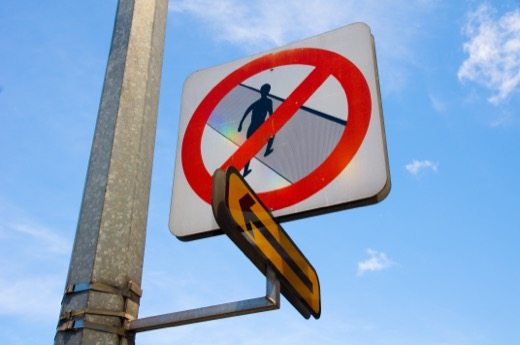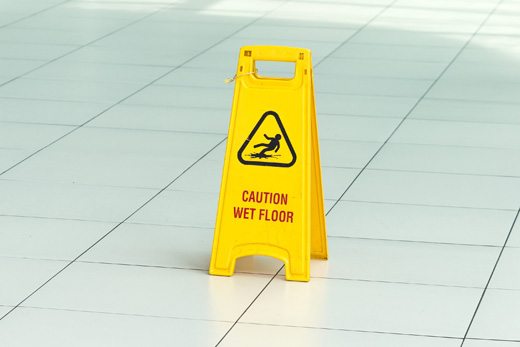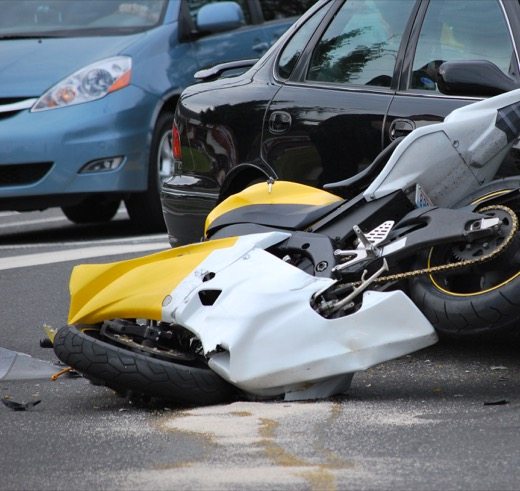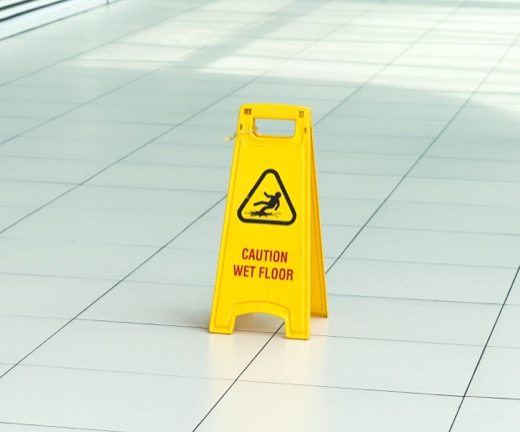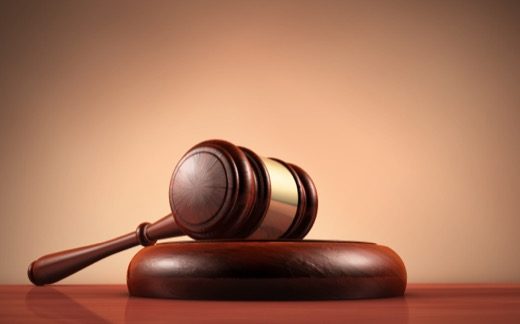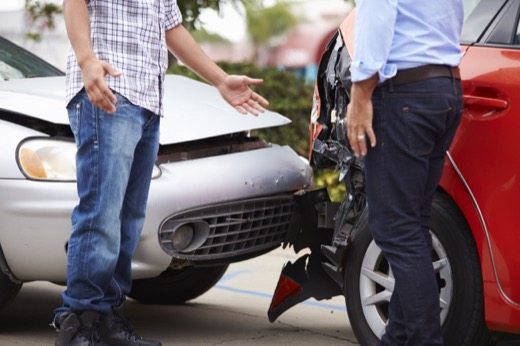What Every Driver and Pedestrian in the State of Florida Needs to Know: Pedestrian Injuries and Car Accidents in the State of Florida
Florida Statute Chapter 316, State Uniform Traffic Control, sets the rights and responsibilities of drivers and pedestrians in the State of Florida. Whether you drive or walk, or do both, on a regular basis, here is an overview of your rights and responsibilities:
Legal Definition of “Driver” and “Pedestrian” in the State of Florida
Florida defines “driver” in Chapter 316, Section 003, as, “Any person who drives or is in actual physical control of a vehicle on a highway or who is exercising control of a vehicle or steering a vehicle being towed by a motor vehicle.” That same chapter and section defines “pedestrian” as, “Any person afoot.”
Rights and Responsibilities of a Driver in an Accident
Any driver involved in an accident involving property damage or serious injury must stop immediately and remain at the scene. The driver is also required to render aid, where appropriate, and exchange information with the other party. Required information includes the driver’s name, address and the registration number of the driver’s vehicle. The driver must show the other parties involved, and police officers, his or her driver’s license upon request. A driver involved in an accident needs to avoid blocking traffic, moving his or her car if necessary. In cases involving personal injury or death, the driver needs to contact the police as soon as possible and report the accident.
Traffic Control Devices – Drivers and Pedestrians
Drivers must comply with any traffic control device such as a stoplight or a stop sign. A driver may proceed through the intersection when the stoplight turns green. However, drivers must yield to other vehicles and pedestrians lawfully in the intersection or crosswalk, including vehicles turning left or right. Unless signs indicate otherwise or it is accompanied by a green arrow, when the light turns green pedestrians may proceed using a marked or unmarked crosswalk.
Drivers at a red light may turn right, unless there is a sign prohibiting such a turn. Drivers should always check for a “No Turn on Red” sign. Some “No Turn on Red Signs” always apply; some are limited based on the time of day. Remember, drivers must yield the right of way to any pedestrians in a marked or unmarked crosswalk. Pedestrians at a red light are not supposed to enter the roadway unless a pedestrian light indicates they may. A flashing red signal is a stop signal and should be treated like a stop sign. A flashing yellow signal indicates that drivers may proceed through the intersection with caution. Drivers must also yield the right of way to pedestrian highway workers.
Rights and Responsibilities of Pedestrians.
If a roadway has a sidewalk, the law requires pedestrians to use it. Pedestrians are not allowed to walk on the roadway when a sidewalk is available. When there is no sidewalk available and a pedestrian is walking on the roadway, the pedestrian is required to walk on the shoulder on the left side of the roadway. Where there is no traffic control device, such as a stop sign or a traffic light, a driver is required to yield the right of way to a pedestrian in a crosswalk. Common sense and the law requires that pedestrians must not make sudden moves off of the curb, even into a crosswalk, when a driver will not have time to come to a safe stop. Pedestrians crossing a roadway outside a marked or unmarked crosswalk must yield to drivers on the roadway. No pedestrian can legally cross an intersection diagonally unless authorized by traffic control devices.
Additional General Rights and Responsibilities of a Driver.
Drivers must not drive at a speed unsafe for the conditions, including, but not limited to time of day, angle of the sun, weather, condition of the road, any curves in the road, approaching a railway crossing, etc. Drivers must also abide by speed limits set by official signage. In the state of Florida, drivers have an additional duty of care to watch out for children near schools, playgrounds and other areas where children tend to congregate.
Accidents Between Pedestrians and Cars – Who is Responsible and Who Pays?
This article has laid out some of the basic rules of the road for drivers and pedestrians. The simple answer to “who pays?” is: “Who broke the rules?” In the state of Florida, pedestrians and drivers are expected to exercise reasonable care. If that standard is broken and an accident occurs, a determination of fault must be made. Fault in Florida is not absolute; a percentage of fault will be broken down. What percentage of the fault can be attributed the driver and what percentage of the fault can be attributed to the pedestrian will be determined. It should be noted, if a driver sees a pedestrian “breaking the rules,” that is not permission to get in an accident. A driver must still exercise reasonable care and attempt to avoid an accident. If a pedestrian is being reckless and gets injured in an accident, it may be much harder for him or her to collect damages in a personal injury case in Florida.
What Do I Do Now?
If you have been involved as an injured pedestrian or injured driver in an accident, you will need a determined Florida auto accident injury claim attorney. Car and pedestrian accidents seem simple at first, but the way fault is determined in Florida actually makes these cases quite complicated. The right attorney will work hard to get you the damages you deserve. Don’t settle for less than the best representation. Every claim must be evaluated on a case by case basis. If you were injured in Florida, please contact the offices of Madalon Law. With offices throughout the state, we are sure to have a location near you. If you are unable to travel to one of our offices for whatever reason, we will come to you. We will not charge you to discuss your case. If you choose us to represent you, there will be no charge unless we win your case. We are excited to hear from you soon and want to get to work for you.
